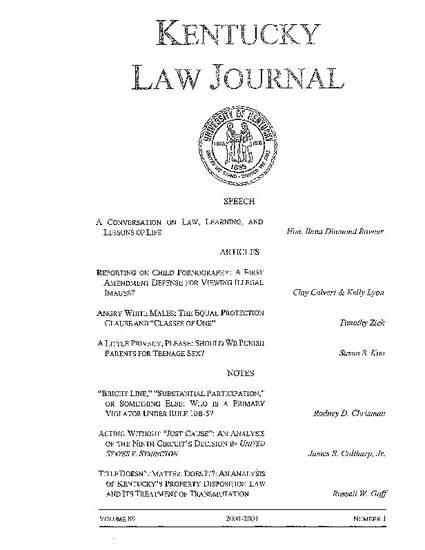
This Note analyzes the competing theories currently used by courts and commentators to determine when a secondary actor’s conduct arises to the level of a primary violation under section 10(b) of the Securities and Exchange Act of 1934 and Securities and Exchange Commission rule 10b-5 on a theory of aiding and abetting primary violators. This Note proposes a workable and logical standard that can be used to differentiate a primary violation from mere aiding and abetting. Part I of the Note discusses the decision in Central Bank of Denver and the resulting dilemma that faced the lower courts in determining when a secondary actor is a primary violator. Part II provides an analytical discussion of the emergence of two tests often used to determine whether a secondary actor is a primary violator: the “bright line” and “substantial participation” tests. Finally, Part III discusses the elements of a primary violation of section 10(b) and rule 10b-5 as they relate to a secondary actor and proposes a workable and logical test to determine when a secondary actor’s conduct rises to the level of a primary violation.
Available at: http://works.bepress.com/rodney_chrisman/4/
